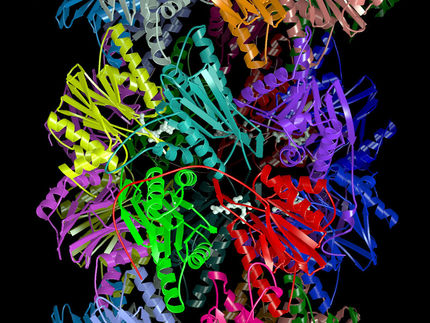Frost & Sullivan: Newer clinical applications set to drive European Molecular Imaging Markets
Rapid technological advances will highlight the need for skilled technicians and physicians
In addition to oncology and cardiology, the next big field of clinical application for molecular imaging will be neurology. This expanding user base is expected to boost revenues for the European molecular imaging market.
New analysis from Frost & Sullivanfinds that the markets earned revenues of $276.0 million in 2011 and estimates this to reach $388.4 million in 2018. The research covers positron emission tomography (PET), single photon emission computed tomography (SPECT) and planar segments.
“The discovery of novel radiotracers is expanding the use of molecular imaging diagnostics to newer clinical applications,” notes Frost & Sullivan Research Analyst Kaavya Karunanithi. “In addition to the traditional fields of oncology and cardiology, neurology as well as infectious and inflammatory disease segments are increasingly leveraging molecular imaging techniques with radiotracers, thus widening the application base.”
Market penetration is also being fuelled by the heightened prevalence and awareness of cancer. Procedural volumes of various cancer screening modalities, including PET and PET/CT, are rising. Furthermore, the ability to facilitate personalised treatment is motivating the use of molecular imaging technologies.
Technological innovations too continue to drive growth in the molecular imaging markets. For instance, hybrids such as the recently introduced PET/MRI offer higher specificities than currently available PET/CT.
“In the long run, optical modalities and tri-modality systems, with the ability to cater to a wider clinical application portfolio, will dominate,” adds Kaavya. “Such technically advanced offerings boost market prospects, even while addressing the demand for personalised medicine.”
With rapid advancements in technology, there is an urgent need for skilled technicians and physicians to effectively acquire and interpret images. This is an important challenge, which needs to be addressed.
“Market participants must stay abreast of the high degree of technological change,” advises Kaavya. “They will need to provide innovative, accurate and reliable solutions that facilitate personalised medical care.”
Most read news
Organizations
Other news from the department business & finance

Get the life science industry in your inbox
By submitting this form you agree that LUMITOS AG will send you the newsletter(s) selected above by email. Your data will not be passed on to third parties. Your data will be stored and processed in accordance with our data protection regulations. LUMITOS may contact you by email for the purpose of advertising or market and opinion surveys. You can revoke your consent at any time without giving reasons to LUMITOS AG, Ernst-Augustin-Str. 2, 12489 Berlin, Germany or by e-mail at revoke@lumitos.com with effect for the future. In addition, each email contains a link to unsubscribe from the corresponding newsletter.




















































